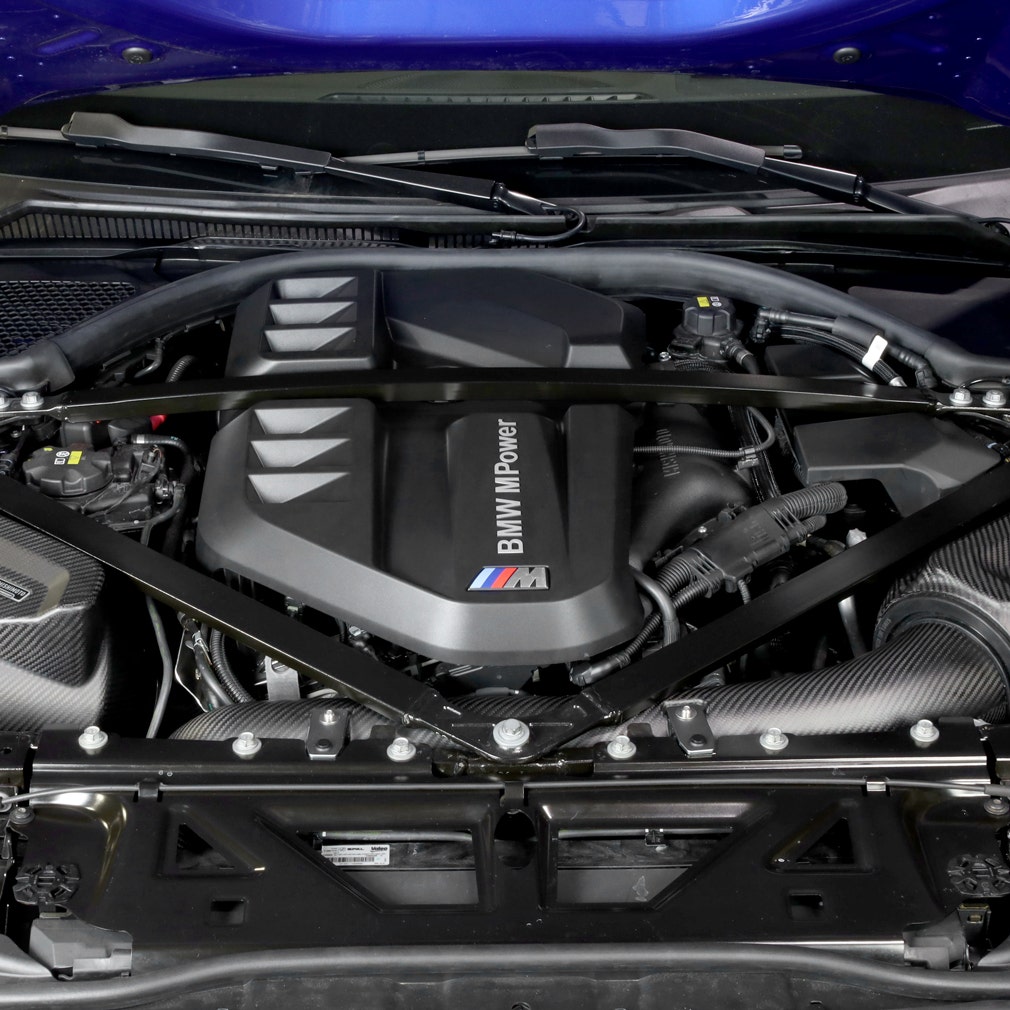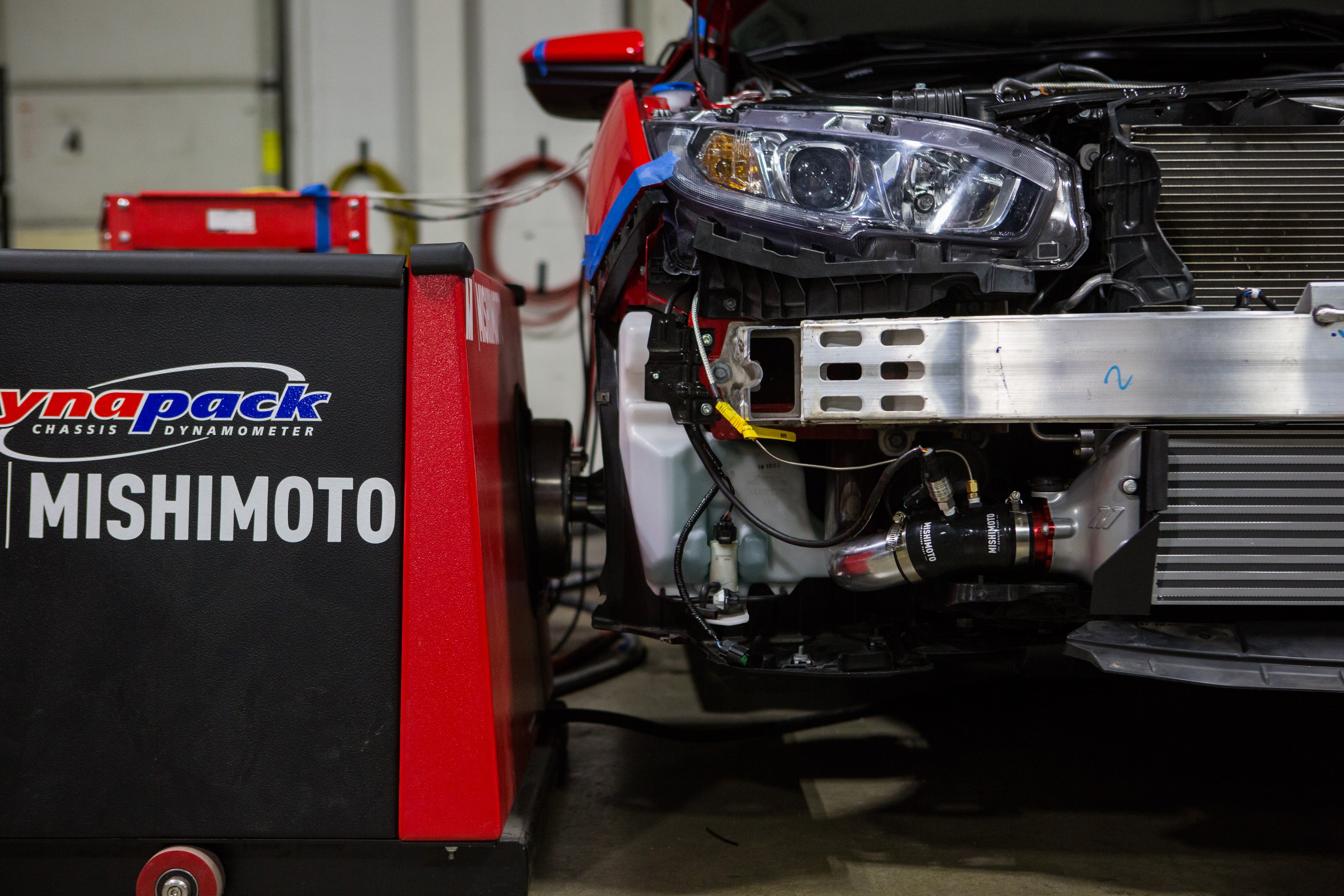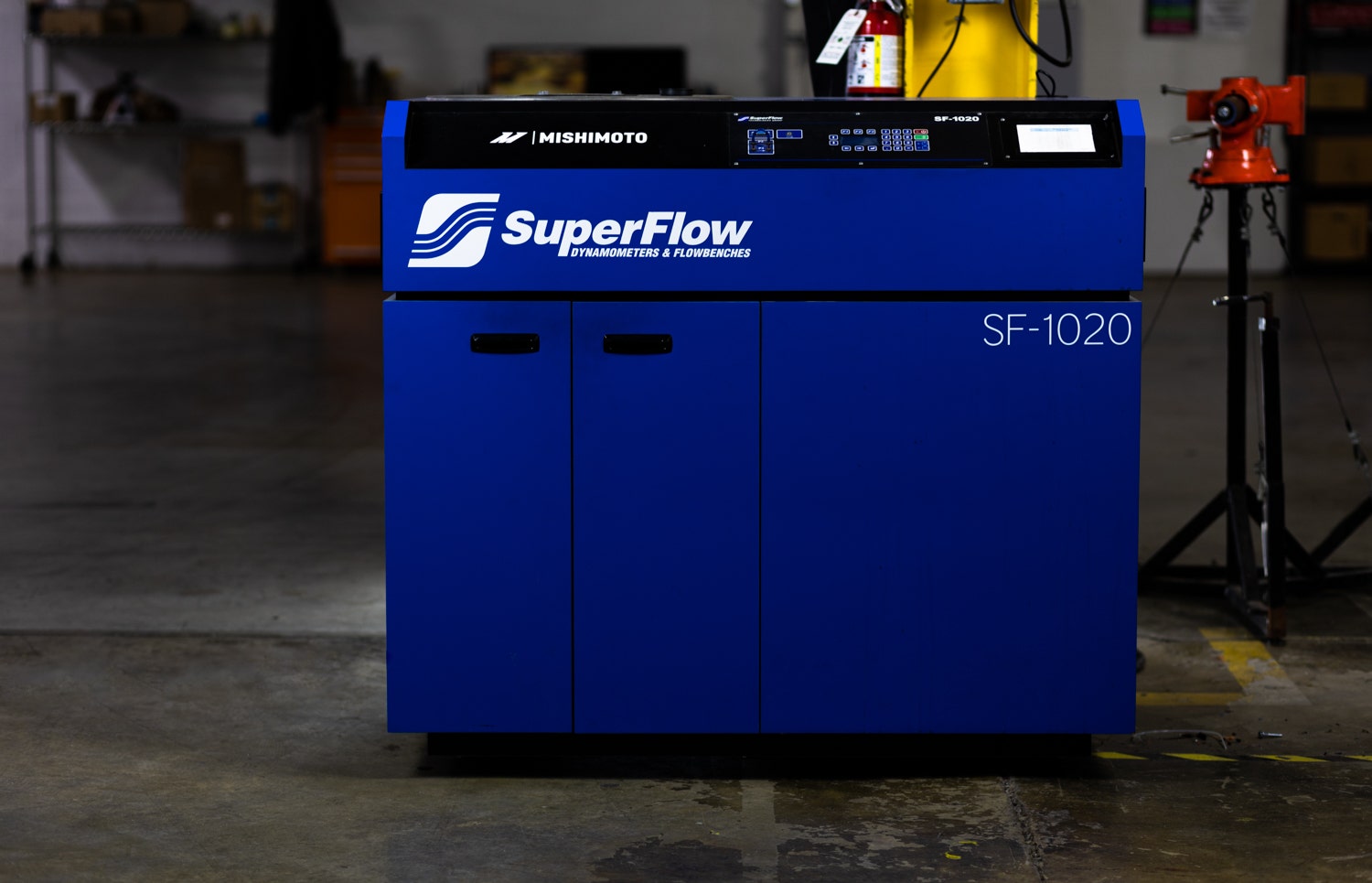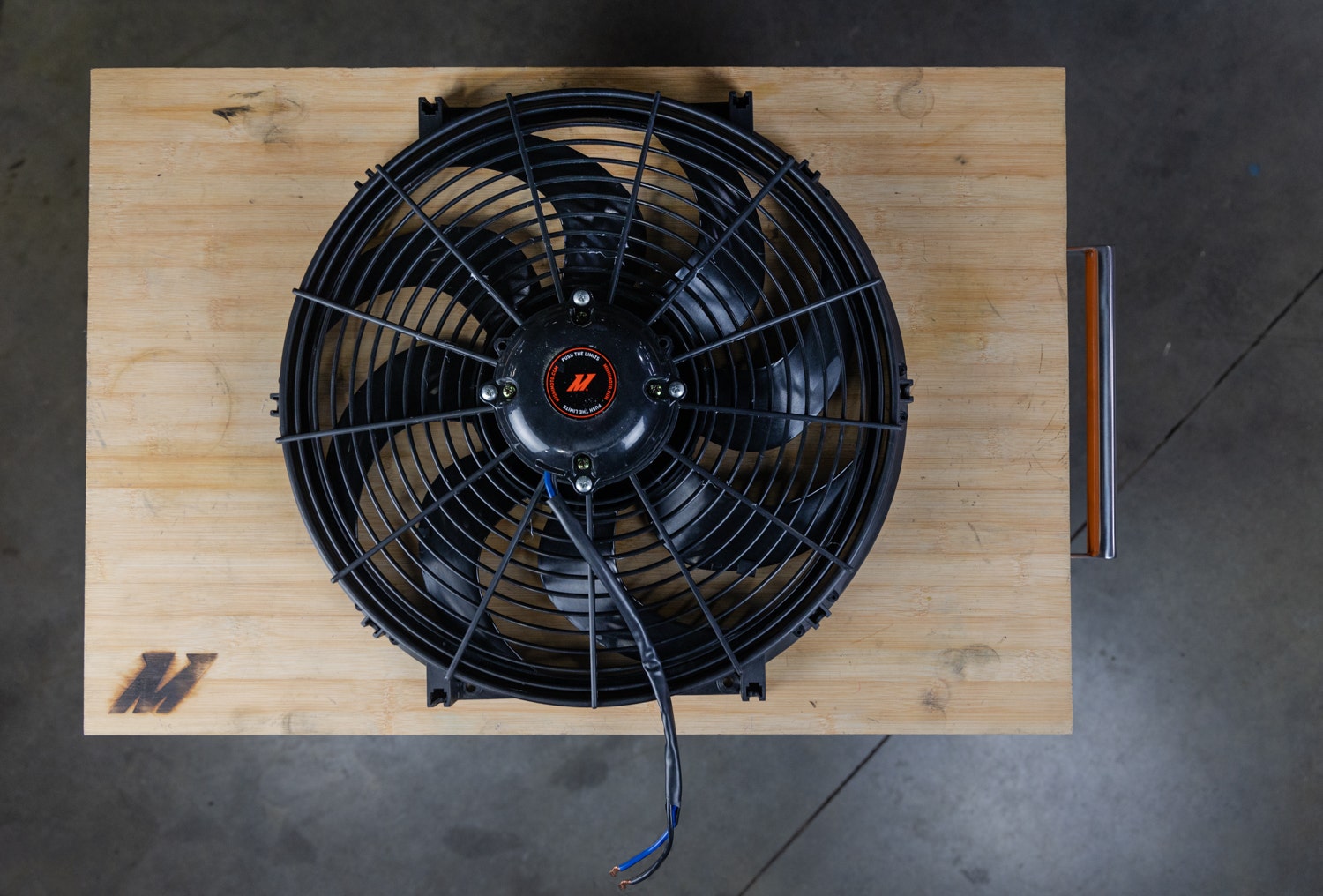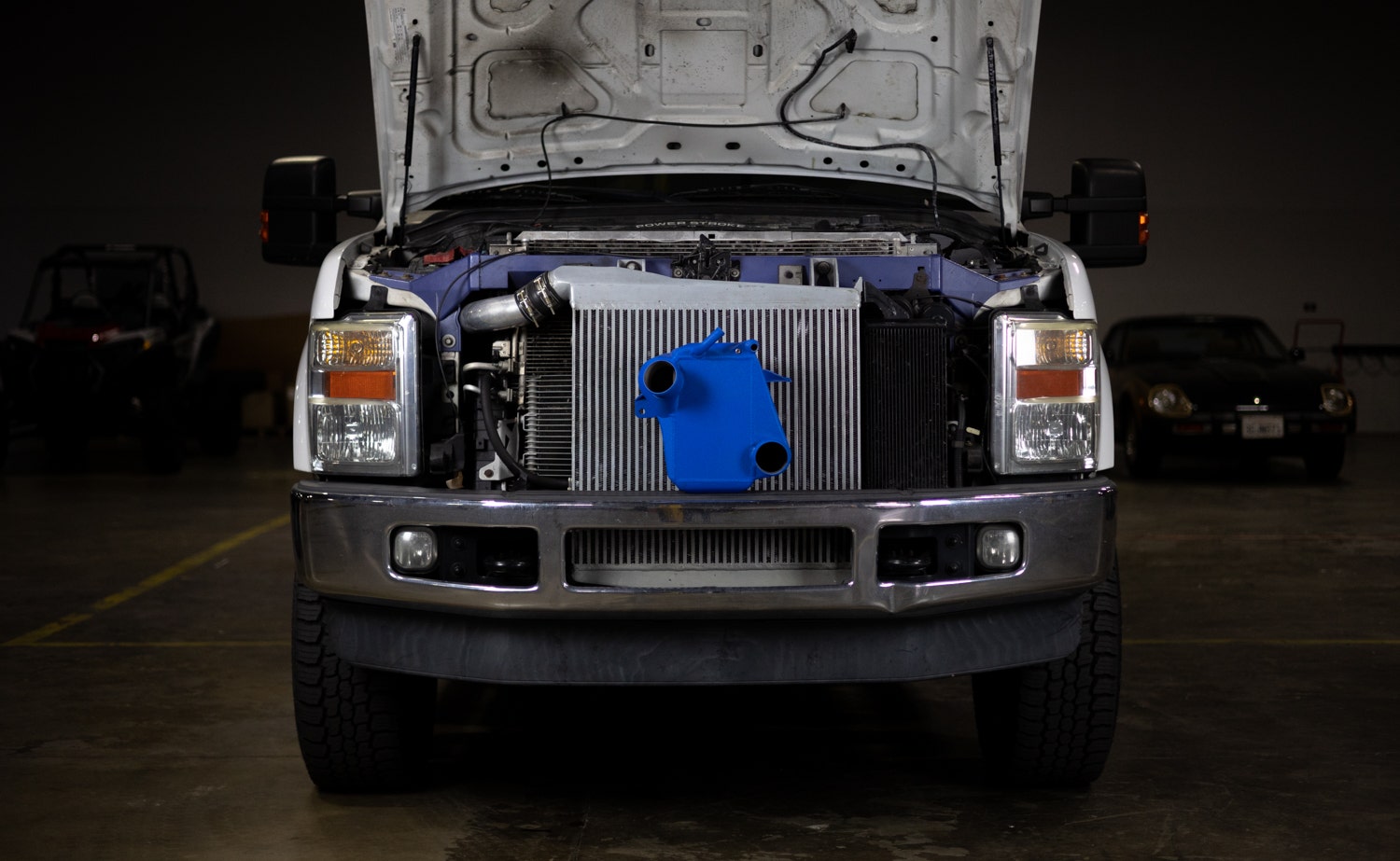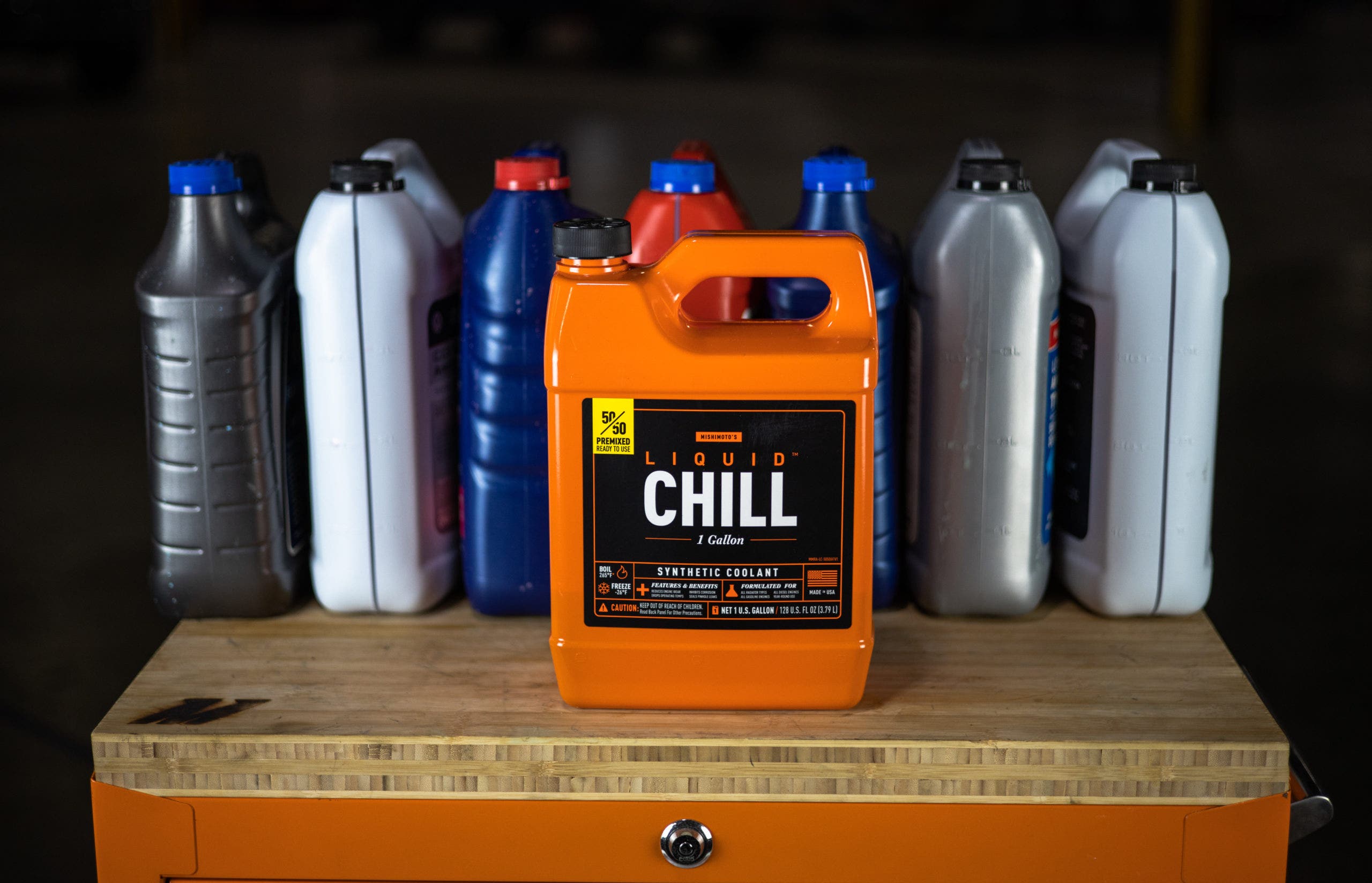When it comes to modifying trucks, one of the most common places we see owners start is with their suspension. There’s a reason for this – suspension modifications allow for bigger wheels, sharper looks, improved ride height and quality, and the opportunity to install more rigorous equipment for better off-road performance. But before you go tearing apart your rig in the driveway, let’s take a look at the differences between two of the most popular suspension modifications we see today: lift and leveling kits.
BLOG CATEGORIES
- The Ultimate Guide For Intercooler Selection
- Air-to-Water vs. Air-to-Air Intercooling
- The Top 3 Things to Look for When Choosing an Intercooler
- 12 Ways To Prepare Your Diesel For Winter
- Equipment Profiles
- Coolant Overflow Tanks vs. Expansion Tanks
- Coolant Basics
- What Is Blow By?
- Do Try This at Home – 10 Easy Updates You Can Do This Weekend
- Horsepower and You
- Air Filters: Dry vs Oiled
- Air Metering 101: Maf vs. Speed Density
- Turbocharging vs. Supercharging
- Blow Off Valves Explained
- Ford Bronco 2.7L Performance Intercooler, 2021+
- Ford Bronco 2.3 Performance Intercooler, 2021+
- Ford Bronco 2.3L/2.7L Stock Performance Stock Location Intercooler, 2021+
- Ford Bronco 2.3L Performance Intercooler Pipes, 2021+
- Ford Bronco 2.7L Performance Intercooler Pipes, 2021+
- Ford Bronco 2.3L/2.7L Borne Off-Road Snorkel, 2021+
- Ford Bronco 2.7L Performance Intake, 2021+
- Ford Bronco 2.3L Performance Intake, 2021+
- Ford Bronco 2.7L Baffled Oil Catch Can
- Ford Bronco 2.7L Baffled Oil Catch Can, PCV-Side, 2021+
- Ford Bronco 2.3L Baffled Oil Catch Can, 2021+
- BMW F8X M3/M3 Baffled Oil Catch Can Kit, CCV Side, 2015-2020
- BMW M2C/M3/M4 DCT Transmission Cooler, 2015-2020
- BMW F8X M3/M4 Direct Fit Oil Cooler, 2015-2020
- BMW F8X M2C/M3/M4 Performance Heat Exchanger, 2015-2020
- BMW F8X M2C/M3/M4 Charge Pipe Kit, 2015-2020
- BMW F8X M2C/M3/M4 Performance Air-to-Water Intercooler, 2015-2020
Technical Articles
-
Posted: December 08, 2023Continue Reading »
-
Posted: May 17, 2023Continue Reading »
GOAL: Create a direct-fit performance intercooler that outperforms the stock intercooler.
RESULTS: The Mishimoto manifold outflowed and outperformed the stock intake manifold while decreasing the pressure drop through the manifold. The Mishimoto manifold is more reliable than the factory manifold by replacing the crimped-on intercooler core with a fully welded aluminum core. In addition, the Mishimoto core is approximately 33% larger than stock and flowed up to 15% better than the stock manifold.
CONCLUSION: The Mishimoto intercooler kit is a great upgrade for those looking for more power and reliability for their S58-powered BMW.
Design Objectives:
-Create an intercooler that performs better than the stock intercooler
-The intercooler must give the customer the ability to add port fuel injection and port nitrous injection. *
-The intercooler/manifold must not increase pressure loss through the system.
-
Posted: February 08, 2023Categories: Equipment ProfilesContinue Reading »
Dynamometers are the stationary proving ground of the automotive world. These packs and rollers provide us, enthusiasts, with the power figures we need to answer the ever-important question, who’s car is hypothetically faster? While that’s always the burning inquiry on every gearhead’s mind, the Dynapack and DynoJet systems provide much more than bragging rights here at Mishimoto. These instruments provide us with an indoor, virtual test track ideal for gauging what our products will add to your build. But how is that data collected, and how will I know that info is accurate? Well, we’re glad you asked.
In our last post, we covered what dynos we use and how they work. This time around, we’re going to dive into how exactly we used them to deliver precise data on the performance of our products. The underlying thread that pulls all of our steps together is consistency. Consistency is key to ensuring the figures we provide are as accurate to real-world conditions as possible. So with
-
Posted: April 11, 2022Categories: Equipment ProfilesContinue Reading »
Performance is always on the enthusiast's mind. So, if you find us deep in thought behind the wheel, we're usually pondering what parts or tweaks will squeeze out another few drops of power. We here at Mishimoto have the same thoughts and are on a mission to achieve that performance potential. Since most modern vehicles, even the performance-oriented models, are left breathing through straws thanks to stringent standards and regulations, reducing restrictions in the intake and intercooler systems is one of the quickest routes to adding some pep to any engine's step.
Improving your vehicle's respiratory system is just one of our areas of expertise since more air means more power. However, how do we know we're on the right track for a deeper breathing engine? Making things bigger is one option, but there's so much more to flow dynamics than just a big pipe that requires precision testing, and we have the right tool for the job.
-
Posted: March 08, 2022Categories: Technical ArticlesContinue Reading »
You could say that we're big fans of keeping your vehicle cool here at Mishimoto. Take a look at our repertoire. You'll find a slew of radiators, intercoolers, oil coolers, transmission coolers for a large array of different types of vehicles, all partnered with deep dives into the inner workings of each system. While we're often spelunking down the rabbit hole of these different cooling systems, there's one critical component that's often overlooked - the fans.
It might not seem like it, but the fans under your hood are the unsung heroes of maintaining fluid temperatures when it's most needed. Of course, cooling any vehicle is a group effort, but that effort is in vain without a source of cool, flowing air. So, whether you're caught in dense traffic, staging in the pits, traversing tricky terrain, or hauling a heavy load, those fans are putting in the effort to keep your fluids from boiling over.
They say in jazz, it's about the notes you don't play, and something similar can
-
Posted: January 31, 2022Categories: Technical ArticlesContinue Reading »
Turbo and supercharging have been crucial in modern automotive performance. These induction add-ons help your small displacement 4-cylinder punch above its weight class or help your monstrous V8 achieve ludicrous speed. In any case, the process of forced induction heats your charged air, which is less than ideal for keeping your performance machine, well, performing. Intercooling systems have long been implemented to mitigate this issue, but as these systems evolve, things can get a little convoluted, which is why we're here! Let's dig in.
To start, we need to understand the fundamentals of how a forced induction system works and why that leads to hot intake temps. Your turbo or supercharger is, in essence, an air compressor. The concept behind forced induction is to cram more air into your intake system than the ambient air pressure allows. Naturally aspirated engines are limited to the atmospheric pressure of the current environment, whereas adding a turbo or supercharger to the
-
Posted: August 26, 2021Categories: Technical ArticlesContinue Reading »
The automatic transmission in your vehicle is practically the defining feature of the vehicle. The sturdy gear sets housed inside, transferring power from the engine, are the gatekeeper to hauling heavy payloads, traversing treacherous rock gardens, or setting blistering lap times. No matter how powerful your engine is, without the transmission, your vehicle is dead weight.
Where the transmission is the soul of your car, truck, or Jeep, keeping it cool can sometimes pose a challenge. True, there are many ways to maintain transmission fluid temperatures, but they won't do you any good if the fluid never makes it to the cooler. That's why a sturdy thermal bypass valve is essential for any automatic shifting performance vehicle.
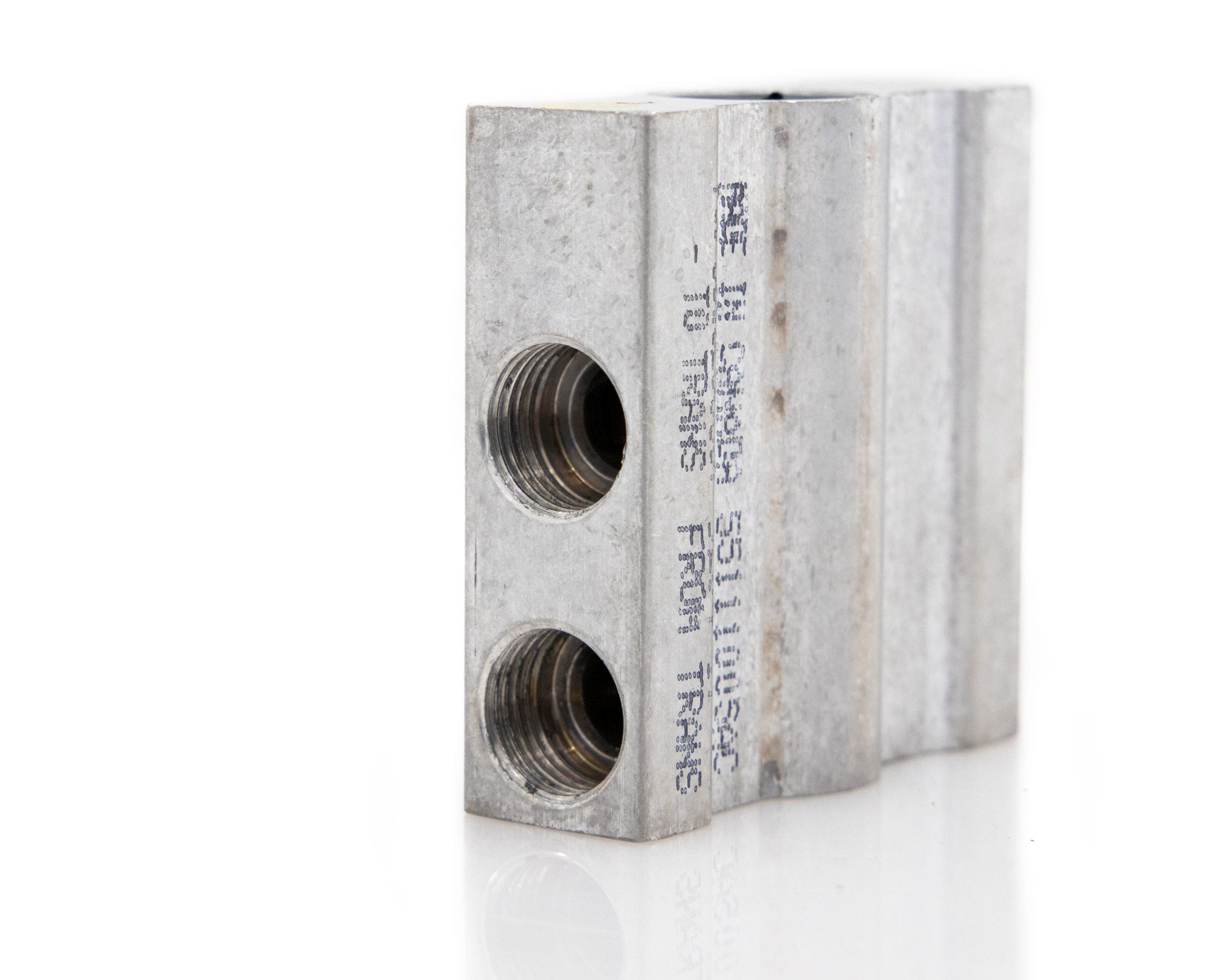
What is a thermal bypass valve? I'm glad you asked!
-
Posted: July 13, 2021Categories: Equipment ProfilesContinue Reading »
Here on the Mishimoto Engineering blog, we often put our high-tech engineering tools on display. Tools like our DynaPacks, Faro Design ScanArm, or 3D printers are crucial components to our engineering process. Each of them provides us with precise performance feedback or increases efficiency when designing products, making them invaluable in the engineering process. But what happens after the engineering is completed? Naturally, we needed a method of showing off new parts that's on par with all of the other sophisticated tools in our arsenal.

Enter the Ortery
-
Posted: June 10, 2021Categories: Technical ArticlesContinue Reading »
Keeping your engine temperature in check is essential to your vehicle running at peak performance. Overheating can lead to gasket failures or even warping and damage to critical engine components. Here at Mishimoto, we have plenty of experience keeping your engines cool through hardware, but we rarely dive into the coolant running through the heat exchangers and cooling passages.
The mixing of these various coolant makeups is often debated since some play nice with each other, while others will cause trouble within your cooling system. Before we get into that, let's dive into the different coolant makeups.
IATs and OATs and HOATs, Oh my!
Generally, the different coolants are signified by what color the coolant is dyed. That simplifies the purchasing process by indicating a specific chemical compound that will work best for your vehicle. Most of the coolant's makeup is distilled water, but it's mixed with a concoction of products to
-
Posted: May 26, 2021Categories: Technical ArticlesContinue Reading »
Every internal combustion requires air and fuel to run correctly. No matter how complex the engines can get, the perfect mixture of oxygen and gas or diesel is needed to continue the series of controlled explosions that ultimately propel you to work in the morning. In the days of yore, otherwise known as the time basically before the 1980s, this mixture is achieved with the lost art of carburetor tuning. We're no longer in the stone ages, so modern engines rely on electronic fuel injection or EFI to accomplish the perfect fuel mixture. The vehicle's computer sorts it out. How exactly? I'm glad you asked!
It all boils down to the means of metering the amount and quality of the air entering the engine. From there, the engine control unit, or ECU, can instantly adjust the air to fuel mixture, with no need to break out the flathead screwdrivers with a sudden temperature change. For many vehicles on the road today, there are two main strategies for engine tuning, MAF and Speed Density.





